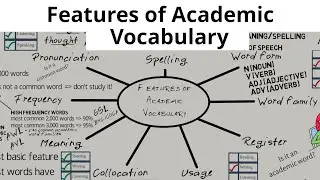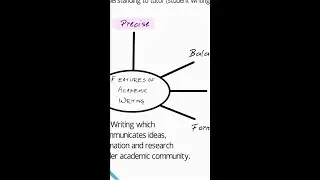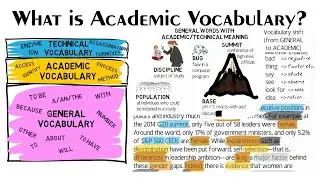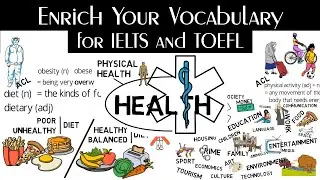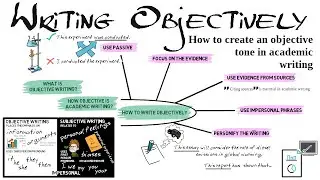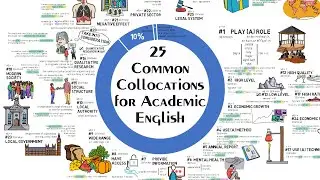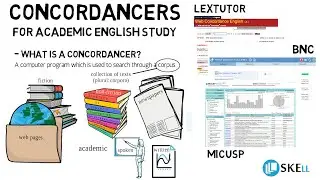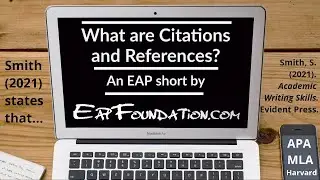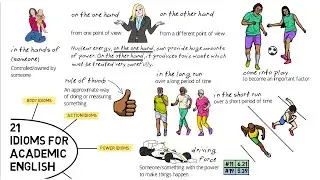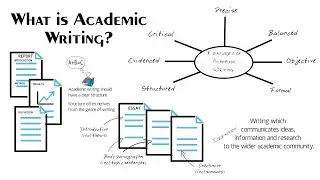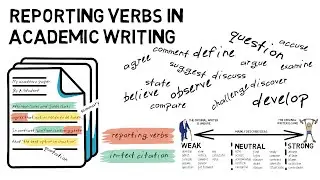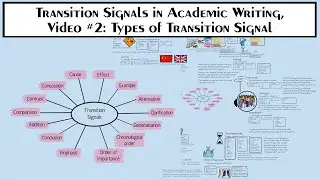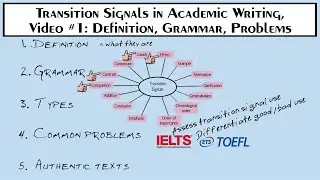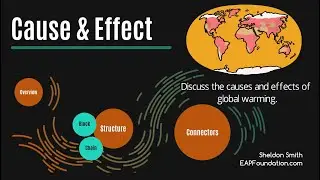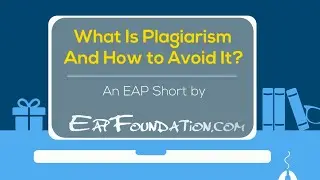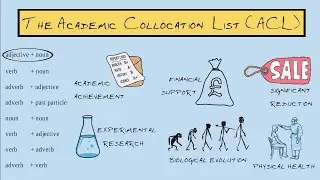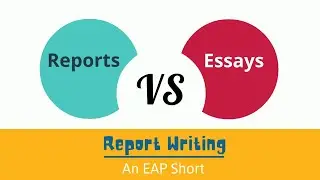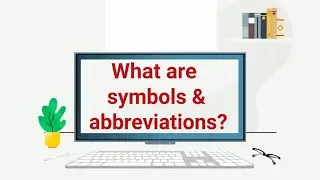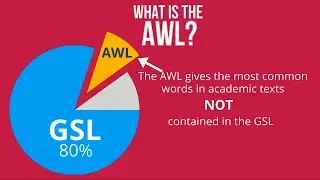Hedging (cautious language) in Academic Writing
Hedging, also called cautious language or tentative language, is an important part of academic style. This video defines hedging, gives different types of hedging, compares hedging with boosting, and looks at examples of hedging in an authentic academic text.
▬ Contents of this video ▬▬▬▬▬▬▬▬▬▬▬▬▬▬▬▬▬▬▬▬
00:00 Intro
00:41 Definition
02:15 Types of hedging
08:14 Boosting
09:54 Hedging in an authentic text
13:09 Summary
▬▬▬▬▬▬▬▬▬▬▬▬▬▬▬▬▬▬▬▬▬▬▬▬▬▬▬▬▬▬▬
Hedging is a way of softening the language by making the claims or conclusions less absolute. It can be achieved by using introductory verbs (e.g. tend to, assume, indicate, estimate, seem to, appear to be), modal verbs (may, can, could), adverbs (probably, possibly, seemingly), adjectives (probable, possible, likely, doubtful), nouns (probability, possibility, likelihood, assumption) and other phrases such as adverbs of frequency, if clauses.
For more information on this topic, see:
https://www.eapfoundation.com/writing...
If you like these videos, consider supporting my work on Patreon at:
/ eapfoundation .
You can get early access to videos as well as additional resources for English for Academic Purposes (EAP).
Other useful links:
https://www.eapfoundation.com/ (EAPFoundation.com website home page)
/ eapfoundation (LinkedIn)
/ eapfoundation (Facebook)
Watch video Hedging (cautious language) in Academic Writing online, duration hours minute second in high quality that is uploaded to the channel EAPFoundation.com 13 December 2019. Share the link to the video on social media so that your subscribers and friends will also watch this video. This video clip has been viewed 45,196 times and liked it 892 visitors.








